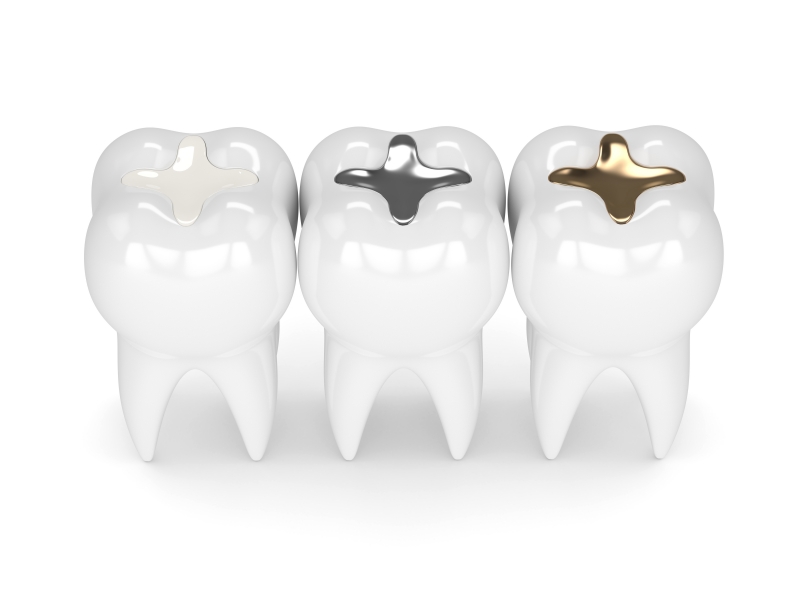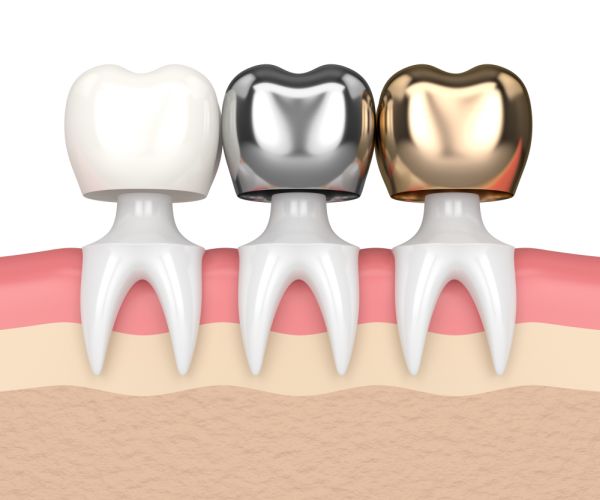Tooth Repairs

Broken, Chipped, or Cracked Teeth
Has a broken, chipped, or cracked tooth stopped you from smiling?
White Fillings Bonded to Last
Not too many years ago, cavities had only one remedy which was metal/amalgam fillings. Move ahead years later to present time and advances in dentistry have produced resin compounds that can be strongly bonded to your teeth to produce a durable filling that is the same color as your teeth.
Restorations using composites can be achieved within one appointment, and are superior to amalgam fillings. The the weak decayed area is removed by the dentist and then filled with resin composite. An ultraviolet light treatment hardens it. Then it is polished to smooth it out.
Composite materials used for fillings can be colored to match surrounding teeth, giving them a natural look. Fillings can wear down over the years so it is prudent to get them checked regularly.
Sometimes a tooth can be too damaged to be repaired using fillings. One solution is an inlay or onlay restoration, which can replace larger portions of the tooth. This procedure is done using a mold of the shape of the tooth and re-creating the missing areas in a dental lab. On the next visit the inlay or onlay is fixed into place.
Crowns
Crowns used when:
- Large amounts of tooth have been lost by decay or breakage.
- A crown loses its fit over time.
- After a Root Canal.
- Cosmetic realignment is necessary.
- Bites are misaligned.
- Screwed over top an implant.
Procedure for preparation of a dental crown:
- Tooth is locally numbed.
- Decay is taken out and filled.
- A mold is taken.
- A temporary crown is placed.
- A custom mold is made by a lab.
- The temporary crown is replaced with a permanent crown and adjusted.


